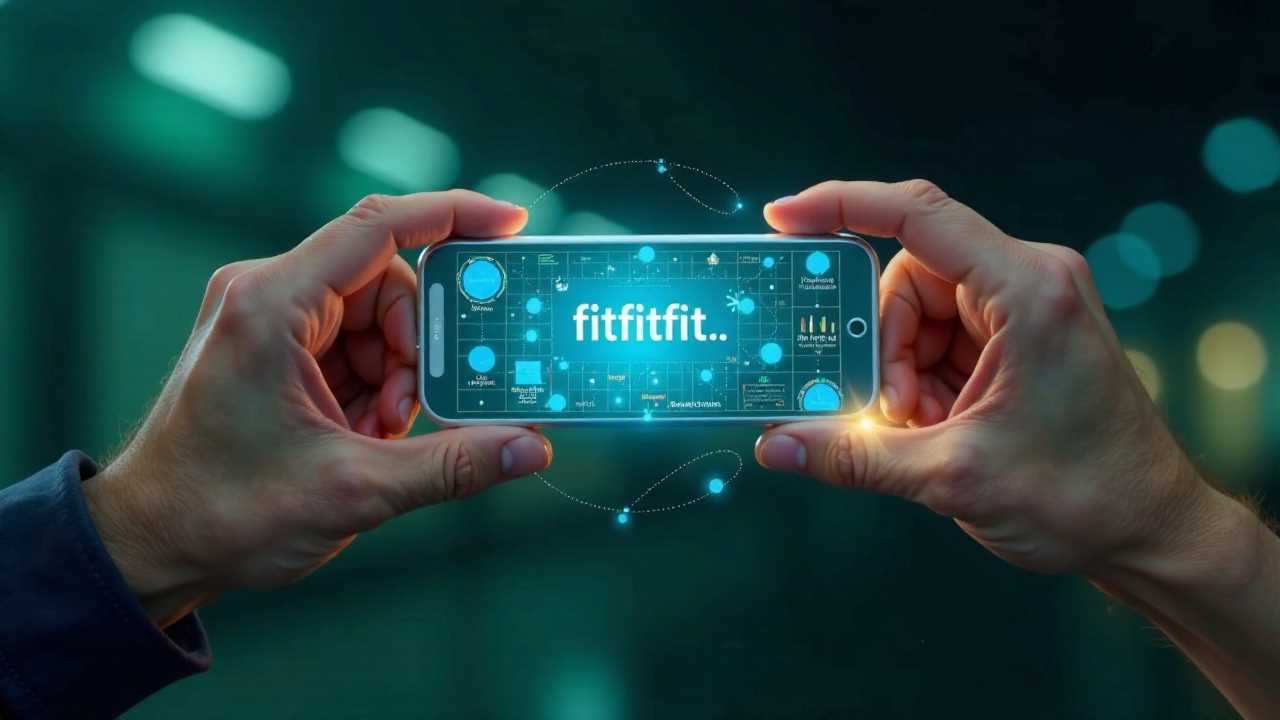
The Future of Fitness: Understanding Wearable Fitness Tech
In recent years, wearable fitness tech has transformed the way we approach health and wellness. These devices, equipped with advanced sensors and biometrics, provide real-time data that empowers individuals to make informed decisions about their fitness routines. By integrating IoT (Internet of Things) capabilities, these wearables not only track physical activity but also connect seamlessly with other devices, creating a comprehensive health ecosystem.
The Role of IoT in Wearable Fitness Technology
IoT plays a pivotal role in the functionality of wearable fitness tech. By connecting devices to the internet, users can access a wealth of information at their fingertips. This connectivity allows for the synchronization of data across various platforms, enabling users to monitor their progress over time. For instance, a smartwatch can track heart rate, steps taken, and calories burned, while simultaneously sending this data to a mobile app for further analysis.
The integration of IoT ensures that users remain engaged with their fitness goals. Notifications about activity levels, reminders to move, and even alerts for achieving milestones keep individuals motivated. This constant feedback loop fosters a sense of accountability, encouraging users to stay committed to their health objectives.
Advanced Sensors: The Heart of Wearable Fitness Devices
At the core of wearable fitness tech are the sensors that monitor various physiological parameters. These sensors can track heart rate, sleep patterns, body temperature, and even blood oxygen levels. The accuracy and reliability of these sensors are crucial for providing users with meaningful insights into their health.
For example, heart rate sensors utilize photoplethysmography (PPG) technology to measure blood flow through the skin. This non-invasive method allows users to monitor their heart rate during workouts, ensuring they are training within their target heart rate zones. Similarly, accelerometers measure movement and activity levels, providing valuable data on daily exercise routines.
Biometrics: Personalizing the Fitness Experience
Biometrics is another essential aspect of wearable fitness tech. By collecting unique biological data, these devices can tailor fitness recommendations to individual users. For instance, biometric data such as age, weight, and fitness level can be used to create personalized workout plans that align with specific health goals.
Moreover, biometric data can help users understand how their bodies respond to different types of exercise. By analyzing trends in heart rate variability, sleep quality, and recovery times, individuals can optimize their training regimens for better results. This level of personalization is what sets wearable fitness tech apart from traditional fitness tracking methods.
Data Analytics: Turning Information into Actionable Insights
The integration of data analytics in wearable fitness tech allows users to make sense of the vast amounts of data collected by their devices. Advanced algorithms analyze this data to identify patterns and trends, providing users with actionable insights that can enhance their fitness journey.
For example, data analytics can reveal correlations between sleep quality and workout performance, helping users understand the importance of rest and recovery. Additionally, these insights can inform users about their progress toward fitness goals, highlighting areas for improvement and celebrating achievements along the way.
Software: The Backbone of Wearable Fitness Technology
The effectiveness of wearable fitness tech is heavily reliant on the software that powers these devices. User-friendly interfaces and intuitive applications are essential for ensuring that users can easily navigate their fitness data. High-quality software not only enhances the user experience but also ensures that data is accurately recorded and analyzed.
Many wearable fitness devices come with companion apps that provide a comprehensive overview of health metrics. These apps often feature goal-setting tools, workout suggestions, and community support, creating a holistic approach to fitness. The ability to share progress with friends or join fitness challenges adds a social element that can further motivate users to stay active.
The Impact of Wearable Fitness Tech on Health and Wellness
The rise of wearable fitness tech has had a profound impact on health and wellness. By providing individuals with the tools to monitor their fitness levels and track their progress, these devices empower users to take control of their health. The combination of IoT, sensors, biometrics, connectivity, data analytics, and software creates a powerful ecosystem that promotes a healthier lifestyle.
As more people adopt wearable fitness tech, we can expect to see a shift in how society approaches health and wellness. With access to personalized data and insights, individuals are better equipped to make informed decisions about their fitness routines, leading to improved overall health outcomes.
Embracing the Future of Fitness
In summary, wearable fitness tech represents a significant advancement in the pursuit of health and wellness. By harnessing the power of IoT, sensors, biometrics, connectivity, data analytics, and software, these devices offer a comprehensive solution for individuals looking to improve their fitness levels. As technology continues to evolve, we can anticipate even more innovative features and capabilities that will further enhance the user experience. Embracing this technology is not just about tracking steps; it is about fostering a healthier, more active lifestyle for everyone.
 Business & FinanceHealth & MedicineTechnologyLifestyle & CultureScience & EnvironmentWorld NewsPrivacy PolicyTerms And Conditions
Business & FinanceHealth & MedicineTechnologyLifestyle & CultureScience & EnvironmentWorld NewsPrivacy PolicyTerms And Conditions
